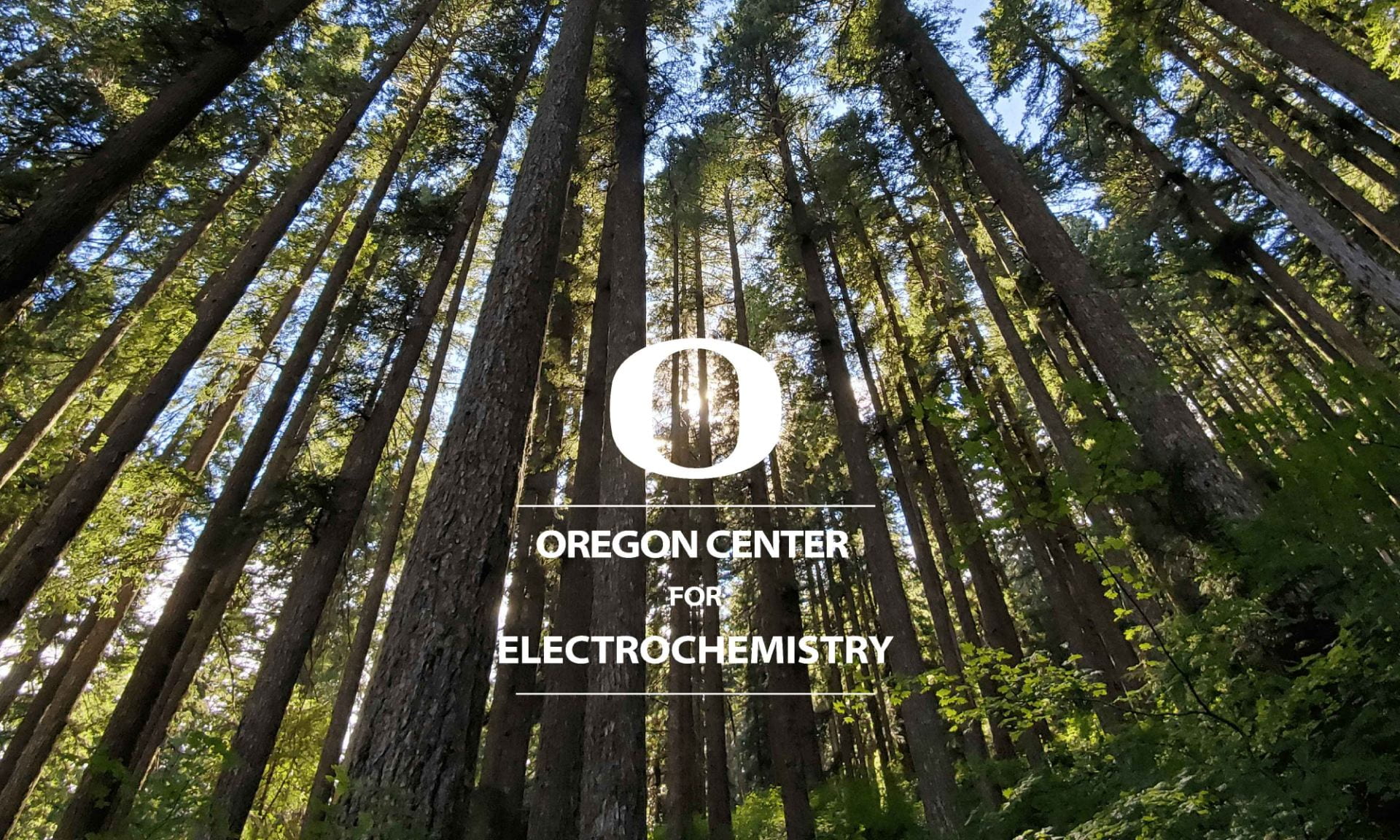 Dr. Novotny is an expert in surface science, catalysis, photochemistry, electrochemistry, and corrosion management. His key expertise is in ultra-high vacuum surface science and in probing solid-gas and solid-liquid interfaces on metal oxides and 2D-based materials., high-resolution scanning tunneling microscopy and laboratory- and synchrotron-based x-ray photoelectron spectroscopy. Dr. Novotny is a Staff Scientist at Paciffic Northwest National Laboratory and has previously held positons at EMPA, Switzerland (Scientist responsible for the HAXPES instrument), and the Swiss Light Source (Beamline responsible). He completed postdocs at PNNL and University of Zürich, Switzerland. His PhD is from Vienna University of Technology.
Dr. Novotny is an expert in surface science, catalysis, photochemistry, electrochemistry, and corrosion management. His key expertise is in ultra-high vacuum surface science and in probing solid-gas and solid-liquid interfaces on metal oxides and 2D-based materials., high-resolution scanning tunneling microscopy and laboratory- and synchrotron-based x-ray photoelectron spectroscopy. Dr. Novotny is a Staff Scientist at Paciffic Northwest National Laboratory and has previously held positons at EMPA, Switzerland (Scientist responsible for the HAXPES instrument), and the Swiss Light Source (Beamline responsible). He completed postdocs at PNNL and University of Zürich, Switzerland. His PhD is from Vienna University of Technology.
Probing Solid-liquid Interfaces with Tender X-rays
Swiss Light Source, Paul Scherrer Institute, 5232 Villigen PSI, Switzerland
Current Affiliation: PNNL
Many important chemical and biological processes occur at the interface between a solid and a liquid, which is difficult to access for chemical analysis. The large inelastic scattering cross-section of electrons in the condensed matter makes x-ray photoelectron spectroscopy (XPS) highly surface sensitive but less sensitive to buried interfaces. This limitation can be overcome by stabilizing an ultrathin layer of liquid with a thickness in the order of a few tens of nanometres and by employing tender x-rays (photon energy ranging between 2-8 keV) that can be used to probe the buried solid-liquid interface. We have recently built and commissioned a new instrument at the Swiss Light Source that combines ambient-pressure XPS with in-situ electrochemistry [1]. With this new setup, we can stabilize a thin liquid layer on a solid surface by a dip-and-pull method [2], and by using tender x-rays from the Phoenix I beamline, we can probe the properties and chemistry at the solid-liquid and liquid-gas interface while having potential control over the ultrathin electrolyte film. I will present the results obtained with this new endstation and outline the future development after the upgrade of the Swiss Light Source.
[1] Z. Novotny et al., Rev. Sci. Instrum. 91, 023103 (2020).
[2] S. Axnanda et al., Sci. Rep. 5, 09788 (2014).
